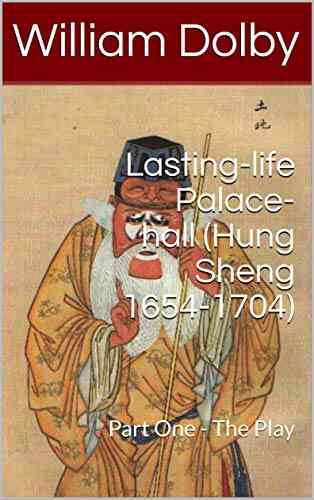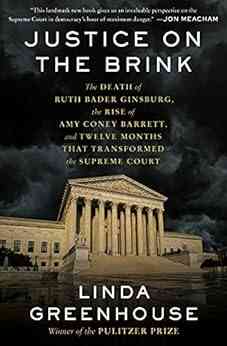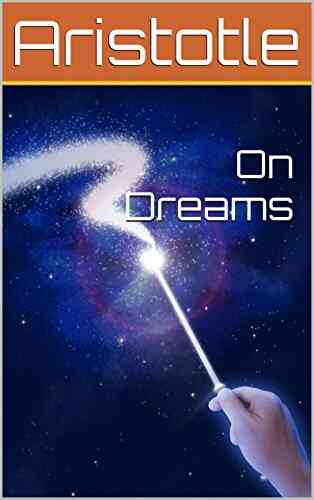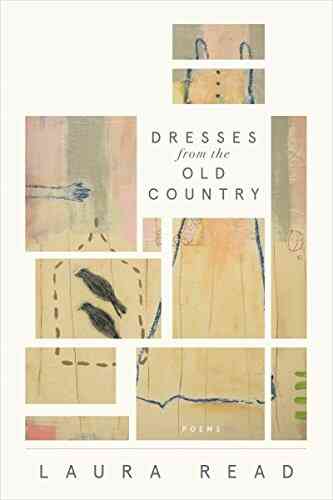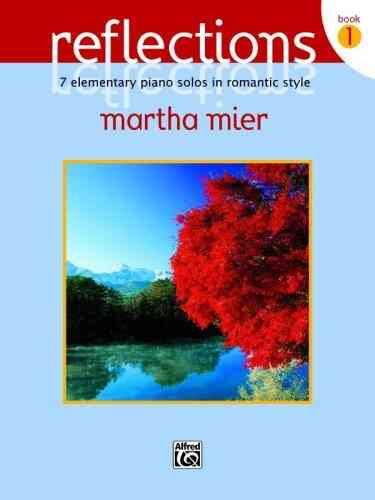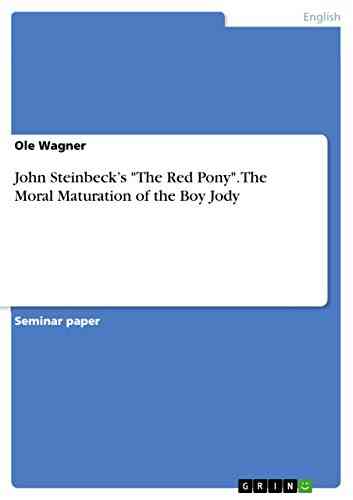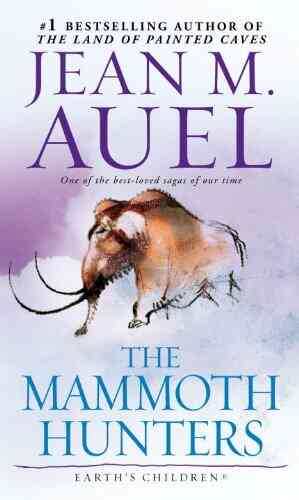The Play Chinese Culture 29: Unlocking the Secrets of Chinese Cultural Heritage

The Chinese culture is one of the oldest and most diverse in the world. Its rich heritage is filled with fascinating stories, traditions, and customs that have been passed down through generations. In this article, we will delve into Part One of "The Play Chinese Culture 29" - an immersive experience that takes you on a journey through the essence of Chinese cultural traditions.
The Importance of Cultural Heritage
Cultural heritage plays a vital role in shaping society and maintaining a connection with our roots. It showcases the values, beliefs, and achievements of past generations, giving us a profound understanding of our collective history. The Play Chinese Culture 29 takes this significance to heart by bringing ancient customs to life, enabling us to appreciate and preserve our cultural heritage.
Unveiling Part One: A Journey into Chinese Culture
In Part One of The Play Chinese Culture 29, spectators are transported to the vibrant streets of ancient China. The immersive experience kicks off with a mesmerizing Lion Dance performance. This traditional Chinese dance form is characterized by rhythmic drumming and acrobatic movements, believed to bring good luck and ward off evil spirits. The performers, adorned in vibrant lion costumes, captivate the audience with their grace and agility.
4.7 out of 5
| Language | : | English |
| File size | : | 3607 KB |
| Text-to-Speech | : | Enabled |
| Screen Reader | : | Supported |
| Enhanced typesetting | : | Enabled |
| Print length | : | 551 pages |
| Lending | : | Enabled |
The next act showcases the art of Peking Opera, a unique performance art that combines singing, dancing, and martial arts. Peking Opera tells stories from Chinese history and mythology, presenting a visual feast of elaborate costumes, face paintings, and rhythmic music. By incorporating Peking Opera into the play, the audience gains a deeper understanding of the cultural references and symbolism embedded in this revered form of art.
One of the highlights of Part One is a demonstration of traditional Chinese calligraphy. With a brush in hand, a skilled calligrapher creates intricate characters on a large piece of rice paper. Each stroke is deliberate and carries meaning, reflecting the philosophy and aesthetics of the Chinese language. The audience is encouraged to participate, allowing them to experience the beauty and precision required to master this ancient art form.
To further immerse spectators in Chinese cultural heritage, a tea ceremony is performed. The art of tea-making is deeply rooted in Chinese tradition and represents harmony, purity, and tranquility. The tea master meticulously brews different types of tea while explaining its significance and health benefits. The fragrance of tea fills the space, creating a serene atmosphere that transports the audience to a peaceful oasis away from the hustle and bustle of modern life.
The play's finale showcases a traditional musical performance using traditional Chinese instruments such as the guzheng, erhu, and pipa. These melodious instruments produce enchanting tunes that evoke emotions and tell stories without words. The harmonious sounds resonate within each spectator, leaving them with a sense of awe and a newfound appreciation for the depth of Chinese musical heritage.
The Significance of "The Play Chinese Culture 29"
The Play Chinese Culture 29 serves as a bridge between the past and the present, allowing modern audiences to connect with their cultural roots. It reintroduces ancient customs, traditions, and art forms that might otherwise fade away with time. By showcasing the beauty and depth of Chinese cultural heritage, the play sparks curiosity and encourages further exploration of this fascinating ancient civilization.
Moreover, by incorporating interactive elements such as calligraphy and tea ceremonies, the play encourages audience participation, making the experience more engaging and memorable. It immerses spectators in the vibrant world of Chinese culture, leaving a lasting impact that extends beyond the duration of the performance.
The Play Chinese Culture 29's Part One is an immersive experience that allows audiences to explore the richness and diversity of Chinese cultural heritage. Through captivating performances, interactive activities, and stunning visuals, it unveils the essence of Chinese customs, traditions, and art forms. The play serves as a homage to the centuries-old heritage while offering a gateway for modern generations to reconnect with their roots. As spectators leave the theater, they carry with them a newfound appreciation and fascination for the treasure trove that is Chinese culture.
4.7 out of 5
| Language | : | English |
| File size | : | 3607 KB |
| Text-to-Speech | : | Enabled |
| Screen Reader | : | Supported |
| Enhanced typesetting | : | Enabled |
| Print length | : | 551 pages |
| Lending | : | Enabled |
This is an English translation of the famous play written by Hung Sheng (1654-1704)
The full translation of this wonderfully adept and lively Play is contained in Volume No.1 (this volume) whilst a second work, Volume No.2 contains the extensive footnotes and appendices of the author.
About The Play
The monumental Chinese stage drama Lasting-life Palace-hall (ch'ang-sheng tien) by Hung Sheng (Hong Sheng) (1654-1704) is one of the most famous and seminal Chinese works. Its topic is the romance between a T'ang dynasty, 8th century AD, emperor and his empress, she being vividly regarded as China's outstanding femme fatale, his love with her having led to the breakdown of the dynasty.
Their tale is one of the three or four most celebrated love romance of Chinese tradition. The play would take days to perform in its entirety, but has spawned various short excerpt-dramas. It is a complex mix of complexities, lyric, powerfully descriptive, occasionally humorous and even bawdy. A major artifact of Chinese, and, indeed world, literature and entertainment.
Lasting-life Palace-hall, like many earlier plays and other writings, concerned the love affair of Emperor Shining August-emperor of the T’ang and Yang Jade-bangle (Yang Yu-huan),who became his Most-prized-empress (Yang Kui-fei). It was much longer and more elaborate than any earlier drama on the same theme, and had fifty acts. Unlike Pai P’u’s (AD 1226 – AD?) Rain on the parasol-tree (Wu-t’ung yü),it doesn’t limit itself to Empress Yang’s death and the emperor’s sorrowful memories of her. From Act Twenty-six onwards, she frequently reappears as a spirit. She sees her scheming relatives carried off to Hell. The grieving emperor has a life-size image of her carved in precious wood. Meanwhile in the capital, after an unsuccessful assassination attempt by a loyalist musician, the adopted son of the rebel An Lu-shan murders Lu-shan. T’ang armies restore the empire, and the emperor returns to the capital. On his way, he reaches the spot where Empress Yang lies buried, and orders her exhumation for reburial. The grave is empty but for her perfume sachet. A woman brings one of Empress Yang’s silk stockings to him, and these two mementos renew his sorrow. Back in the capital, he engages a Taoist necromancer to try and contact Empress Yang’s spirit. With the collusion of sympathetic gods, and the help of the Taoist, the two lovers meet once more, the Taoist conjuring up a bridge, and the emperor journeying to the moon to re-join Empress Yang. Already deities in a previous existence, they are now restored to Heaven and reunited in their love for vast time.
The play’s superbly free in its imagination, and much of it is one ornate lyric poem to love. Hung Sheng took immense care in polishing it and in expunging some of the spicier love scenes to shift the emphasis to a dancing scene. Later, feeling that this weakened the love element, he revised it once more. Only after a third major revision did he settle its form and title. A music master added his expertise to Hung’s enormous knowledge of music for the songs.
Although the play has a happy ending in the Chinese tradition, the element of personal and political tragedy looms large in the workings of the plot.
Other known translations of the original title are 'Abiding-life Palace-hall, Palace of Eternal Youth and Palace of Eternal Life with Hung Sheng being otherwise known as Hong Sheng.
Do you want to contribute by writing guest posts on this blog?
Please contact us and send us a resume of previous articles that you have written.




















Light bulbAdvertise smarter! Our strategic ad space ensures maximum exposure. Reserve your spot today!
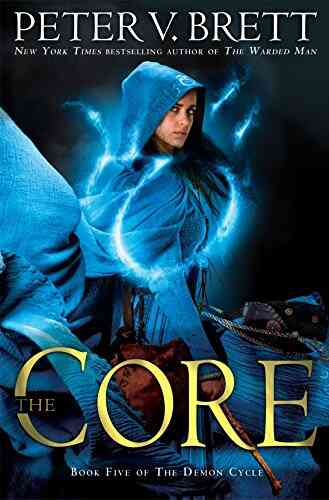
 Edward BellThe Core Five Of The Demon Cycle - Unveiling the Secrets of Peter V. Brett's...
Edward BellThe Core Five Of The Demon Cycle - Unveiling the Secrets of Peter V. Brett's... Dwayne MitchellFollow ·14.7k
Dwayne MitchellFollow ·14.7k Adrien BlairFollow ·11.1k
Adrien BlairFollow ·11.1k Kirk HayesFollow ·8.6k
Kirk HayesFollow ·8.6k Mason PowellFollow ·2.3k
Mason PowellFollow ·2.3k Clayton HayesFollow ·18.4k
Clayton HayesFollow ·18.4k Dean ButlerFollow ·5.4k
Dean ButlerFollow ·5.4k Carl WalkerFollow ·10.2k
Carl WalkerFollow ·10.2k Tom ClancyFollow ·17.5k
Tom ClancyFollow ·17.5k
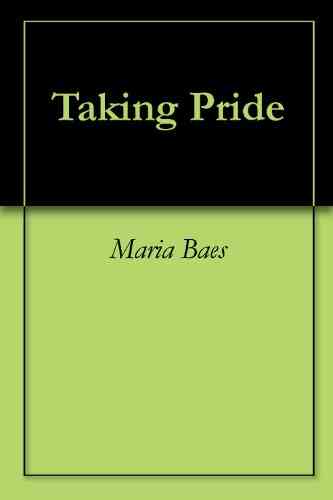
 Brian West
Brian WestTaking Pride Maria Baes: Embracing Individuality and...
When it comes to self-expression and...
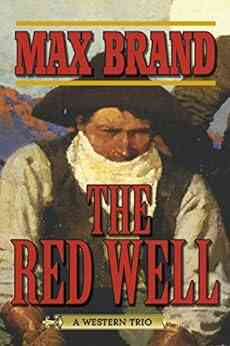
 Gordon Cox
Gordon CoxThe Red Well Western Trio: Experience the Authentic Wild...
Are you looking for an exhilarating escape...

 Kyle Powell
Kyle PowellThe Mesmerizing Colors of Black Hills Fall: Experience...
As the warm days of summer fade away,...

 J.D. Salinger
J.D. SalingerNo Romance Nhb Modern Plays: An Unconventional...
Love has always been a predominant theme...

 Ernest J. Gaines
Ernest J. GainesShunned Seal Team Disavowed: Unraveling the Secrets of...
When it comes to the...

 Colt Simmons
Colt SimmonsThe Enthralling Journey of Grimstone Croft and Wesson...
Are you ready to embark on an extraordinary...

 Harry Cook
Harry CookMarried Struggle Varsity - Unlocking the Secrets for a...
Marriage is a beautiful journey...
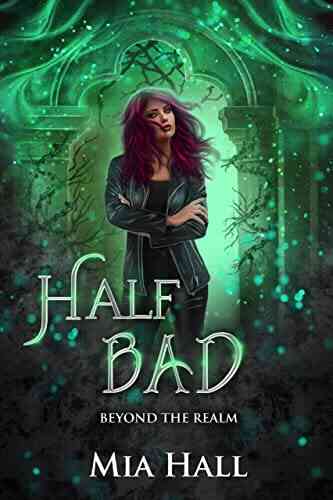
 Douglas Powell
Douglas PowellDragons Vs Elves Vs Humans Coming Of Age Fantasy Beyond...
Once upon a time, in a realm beyond our...

 Ted Simmons
Ted SimmonsOfficial Game Guide Updated For Mass Effect Final Version
Mass Effect, the...
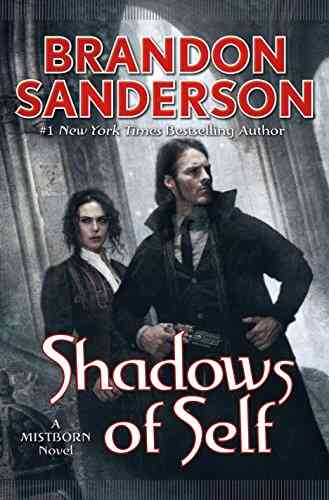
 Marc Foster
Marc FosterThe Mistborn Saga: Journey into a World of Magic,...
Welcome to the enchanting...

 Al Foster
Al FosterThe True Story of Injustice in the American South: A Tale...
From the pages of history, we uncover a...

 Vince Hayes
Vince HayesDiscover the Incredible Awakening to a New Worldview and...
Have you ever found yourself questioning the...
4.7 out of 5
| Language | : | English |
| File size | : | 3607 KB |
| Text-to-Speech | : | Enabled |
| Screen Reader | : | Supported |
| Enhanced typesetting | : | Enabled |
| Print length | : | 551 pages |
| Lending | : | Enabled |


